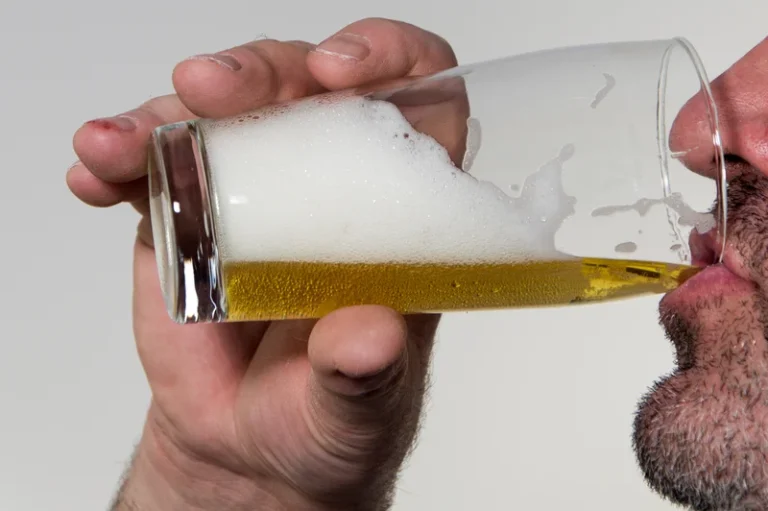Home repair and energy efficiency assistance
Furthermore, food production occupies roughly half of the world’s available land, with animal-derived goods accounting for a significant amount of these emissions. Purchasing antique or used products is both cost-effective and environmentally friendly. Avoid the attractiveness of fast fashion, which is known for its environmental impact and irresponsible practices. To increase the life of your clothing, focus on proper care, prioritize quality over quantity, and avoid impulsive purchases. Minor blemishes, such as a minor tear in your favorite piece of clothing, can be readily fixed, eliminating the need to throw it away.

Install Energy Efficient Windows
Maximizing natural light and using recycled materials are fantastic starting points. Consider relocating spaces such as offices or dining rooms to more light-filled locations. It is also critical to maintain clean windows along with functioning window coverings to let in as much light as possible. Hydronic radiant systems use water as a heating medium rather than air, which is one of the ways to make your home eco friendly. These are not only more energy efficient than standard forced air systems, but they are also less expensive in the long run. While smart thermostats and meters help control the steady temperature of your home, simply turning it down one degree can actually make a big difference.

Home repair and improvement programs for special groups
Poorly insulated windows and doors can allow heat to escape in the winter and enter in the summer, making it more difficult to maintain a comfortable temperature in the home. This is especially true if the windows use single pane glass or don’t seal well. One of the many solutions homeowners use is investing in low-flow fixtures like faucets and showerheads. These items are carefully engineered to reduce the overall flow of the water while maintaining excellent pressure. You can lower consumption by up to 50 percent compared to standard models through these items.

Increase Your Home’s Energy Efficiency
Buy high-quality knives that you can sharpen by hand, and use long-lasting cloth towels instead of paper. There are also terms to note when looking for professionals to work with on green building projects. LEED recognizes energy-efficient building practices and How to make your home more environmentally friendly projects that meet their energy-efficient standards. LEED is certified by the USGBC (U.S. Green Building Council), and there are multiple levels of certification. However, Homa notes that LEED is more prevalent in commercial design than residential design.
double paned windows save energy and money
- Make DIY cleaning solutions with materials like baking soda and vinegar for a more hands-on approach.
- Department of Energy and use anywhere from 10 to 50 percent less energy than a non-energy efficient equivalent.
- If you opt for a straight hardscape like concrete, Raboine says to consider permeable pavers.
- When it’s complete, compost is rich in organic matter that is beneficial for the soil.
- Building an eco-friendly house is not only about creating a comfortable living space; it’s a commitment to making a positive impact on the environment and future generations.
Make the Most of Your Smart Lighting
- But doors, electrical outlets, attic hatches and ductwork are prime culprits for air leakage, too.
- Beyond reducing your environmental footprint, it is a great way to future-proof your home, enhance its curb appeal, and cut energy costs.
- Sure, your rickety manual one works just fine, but a smart thermostat (like Nest’s will have a setting like Eco-Mode that automatically drops the temperature when you’re not home.
- Green fingers don’t just benefit your mental health, they benefit the environment, local wildlife and our dwindling bee population.
- Likewise, choose sturdy utensils rather than cheap ones; low-quality wooden spoons, for example, can rot, and plastic will melt if you leave it on the stove too long.
- Because of their natural adaption to the local environment, they will probably require less care and water.
- You can also use your smart thermostat’s zonal heating feature to lower your carbon footprint.
- Although paying for an audit might seem unnecessary, many times there are rebates or tax credits offered by the state, the government, or the provider to mitigate the initial cost.